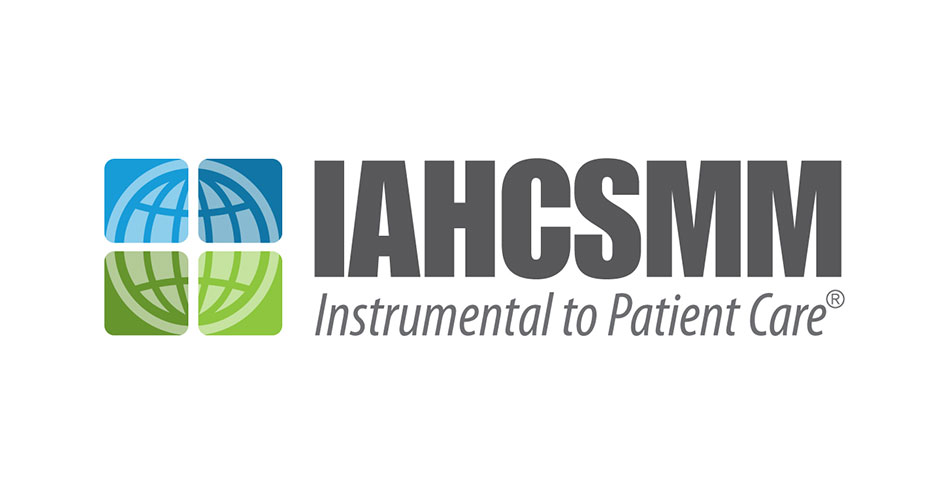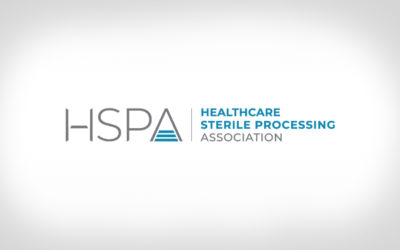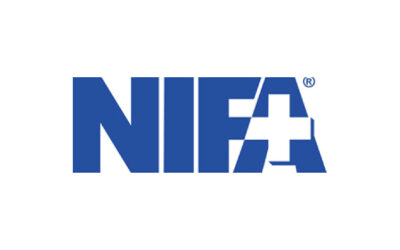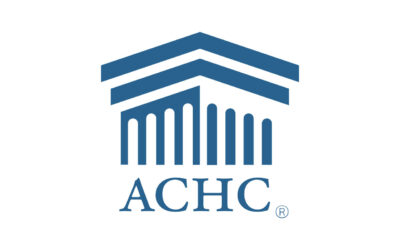By Susan Klacik, BS, CRCST, CIS, CHL, ACE, FCS
 On Dec. 14, 2020, the Association of periOperative Registered Nurses’ (AORN’s) Guideline for Specimen Management was released to electronic subscribers and will be published in the 2021 print book edition. Recommendation 13 of this document provides pertinent information for sterile processing (SP) professionals in regard to handling of explanted medical devices (implanted medical devices that have been surgically removed).
On Dec. 14, 2020, the Association of periOperative Registered Nurses’ (AORN’s) Guideline for Specimen Management was released to electronic subscribers and will be published in the 2021 print book edition. Recommendation 13 of this document provides pertinent information for sterile processing (SP) professionals in regard to handling of explanted medical devices (implanted medical devices that have been surgically removed).
SP professionals must manage explants safely and properly any time a request is made to sterilize an explanted device, such a screw, hip, plate and so on, for return to the patient. Numerous factors must be considered when handling explanted devices, and this updated guideline’s new recommendations can assist with those issues. Note: While the previous version of the guideline addressed the handling of explanted medical devices, the updated version includes new recommendations.
Key points covered in recommendation 13
Recommendation 13 of the new guideline begins by mentioning that explanted medical devices are regulated medical devices that require health care facilities to handle them safely and consistently – in accordance with federal, state and local regulations, and the device manufacturer’s instructions for use (IFU). Health care facilities should have policies and procedures in place pertaining to the handling of explants; this updated guideline features information to consider when such policies and procedures are developed.
Whenever an implant procedure is performed, the health care becomes the final distributor of the implanted device and is required to track the implant to the patient, per regulations set forth by the U.S. Food and Drug Administration (FDA). As the final distributor, health care facilities must meet medical device tracking requirements and provide information to the manufacturer about explanted devices. Medical device tracking benefits facilities and patients if notifications and recalls are needed. Explanted medical device tracking may also provide critical information about device use, life expectancy of the device and the device’s failure, all pertinent information that can help improve devices and aid clinical decision-making surrounding a device’s use.
When a health care facility reports explants to the manufacturer, the following information must be provided in the report:
- Date the device was explanted;
- Name, mailing address and telephone number of the explanting physician; and
- Date of the patient’s death or the date the device was returned to the manufacturer, permanently retired from use or otherwise disposed of permanently; and
- A product code that specifies the type of implant. Note: The revised guideline features a table with the product code for medical devices requiring manufacturer tracking. If the manufacturer cannot be located, the report must include the process used to contact them.
Deaths related to an implanted medical device must also be reported, per FDA regulation, and serious injury related to an implanted medical device must be reported to the device manufacturer. If the medical device manufacturer cannot be identified, the injury must be reported to the FDA (implant malfunctions can be reported by the health care organization using the FDA voluntary MedWatch program).
If an implant must be returned to the manufacturer, it is recommended that they be returned in accordance with the manufacturer’s instructions and the facility’s policies and procedures. This process helps protect the device from damage during shipping and reduces the risk of leakage of potentially hazardous or infectious materials during transport. Note: The unique device identifier (UDI) from explanted medical devices should be documented in the patient’s medical record or recorded in a facility tracking log, when available.
To avoid confusion or regulatory noncompliance, the guideline recommends health care organizations develop specific policies and procedures for handling explanted medical devices. These policies and procedures should be developed by an interdisciplinary team that includes perioperative leaders, legal advisors, risk management personnel, pathologists, surgeons, anesthesia professionals, infection preventionists, SP professionals and materials management personnel.
According to the guideline, policies and procedures pertaining to explanted medical devices should address the following:
- Medical device tracking;
- Reporting of patient death or serious injuries;
- Returning devices to
- manufacturers;
- Submission to the pathology laboratory (if required);
- Documentation of explants;
- Disposal of devices; and
- Which devices may be returned to the patient (this should address procedures for communicating with personnel who perform explanted device processing; decontamination processes that will be used in the facility; and liability release of the facility that processes the explanted device, if explanted devices are returned to the patient).
Note: The guideline has a no recommendation rating for returning explanted medical devices to patients. Because AORN guidelines are evidence-based, there is no evidence of a clear benefit of returning the explants to the patient. The balance between the benefits and potential risks of returning explanted medical devices to the patient or patient’s family is unclear, and many factors must be considered.
Conclusion
The newly revised Guideline for Specimen Management provides SP professionals with information on how to handle explants, including how to manage the process whenever a request is made to return an explant to a patient. Numerous factors must be considered and the decision of decontaminating and sterilizing an explant for return to a patient should be included in an explant policy. An explant handling policy should be readily available to appropriate personnel, so when a request is made to deliver an explant to a patient, SP professionals and other stakeholders can ensure they are able to meet that request safely, consistently and in compliance with regulations and the facility’s policies and procedures.
Susan Klacik, BS, CRCST, CIS, CHL, ACE, FCS, serves as a clinical educator for the International Association of Healthcare Central Service Materiel Management (IAHCSMM).










